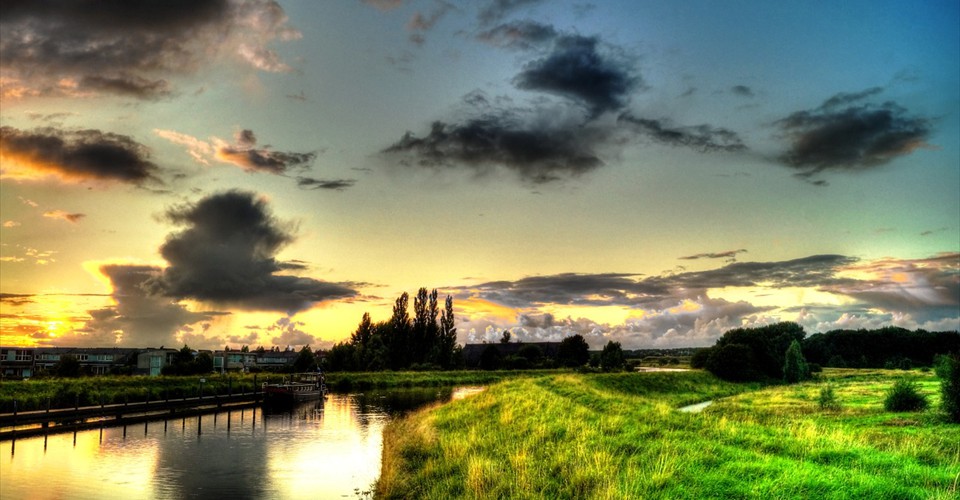Bhairavi
Evergreen Raga Bhairavi
is one of the most beautiful melodies in Hindustani Classical Music. This raga is also considered as the concluding raga of Classical concerts because no musical performance continues after the recital of Raga Bhairavi. Raga Bhairavi falls under the Bhairavi Thaat of North Indian
Classical Music. The name Bhairavi is taken from this Raga so Bhairavi
Raga is also called the origin Raga of Bhairavi Thaat. Shadaj, Madhyam, and Pancham
are natural notes, and the rest of all i.e., Rishva, Gandhar, Dhaivat, and Nishad are
Komal Swara being used in the early morning melody of Raga Bhairavi. Madhyam is considered as the main Swar called Vadi and Shadaj in Samvadi in this raga. some writers and
musicians of the Present Generation have different verdicts regarding Vadi and Samvadi
of Raga Bhairavi. They consider Dhaivat as Vadi and Gandhar as Samvadi Swar. In past
decades Suddha Rishav was used as Vivadi Swar but now Suddha Rishav in Bhairavi
is considered as Anuvadi note. It is also very common that all Twelve Semitones are systematically used in Raag Bhairavi of the present era. Generally, Raga Bhairavi is sung all the time without any time limitations, at the end of
concerts. According to the theory of music its singing time is mentioned in the last phase
of the night with Prahar of Night.
As we know, Rag Bhairavi
is an evergreen raga that is an integral part of Semi-Classical
form like Dadra and Thumri of North Indian Classical Music. Chota Khyal and Drut Khyal are sometimes common
but Bada Khyal and Dhrupad is rare in Bhairavi performance. This raga also signifies the
Shringara rasa-commonly known as affection and love. The Ascend and Descend of the Raga is ..
Aroha : Sa Re, Ga, Ma Pa Dha, Ni
Avroha : Sa Ni Da Pa Ma Ga, Re Sa
Pakad : Ga Ma Dha Pa, Sa Re Ga Ma Ga,
(Re) Sa













